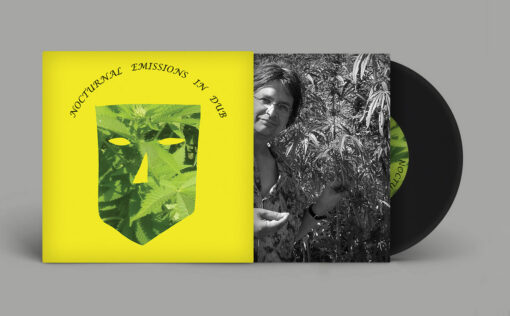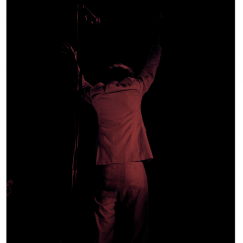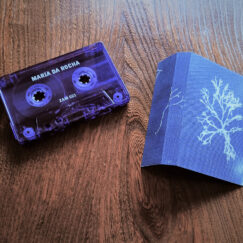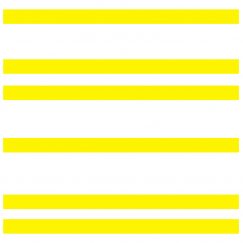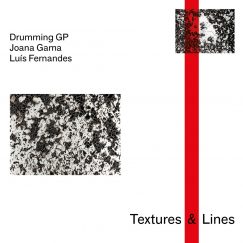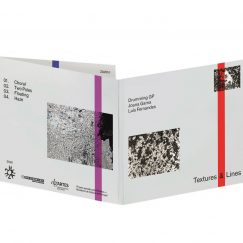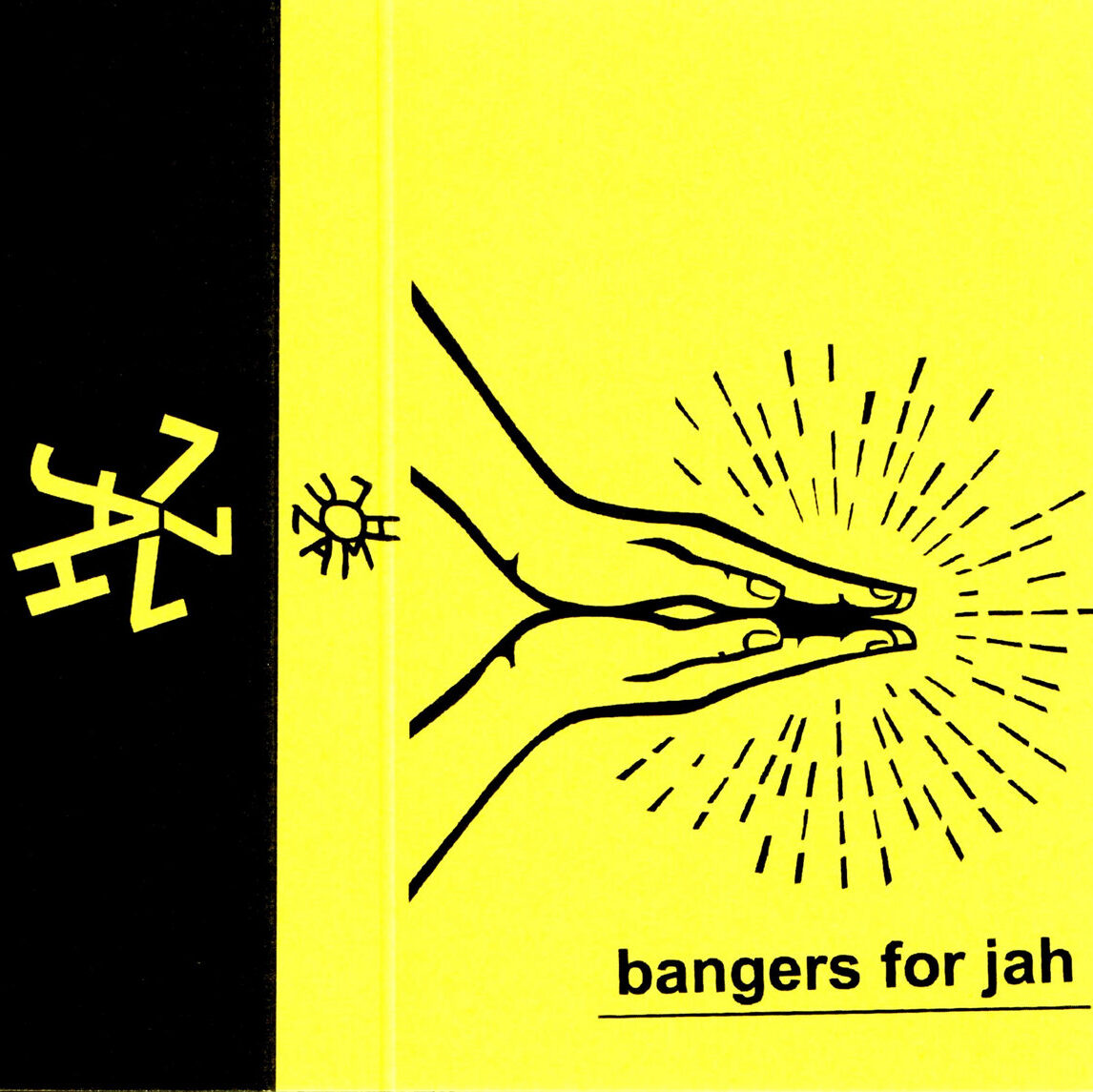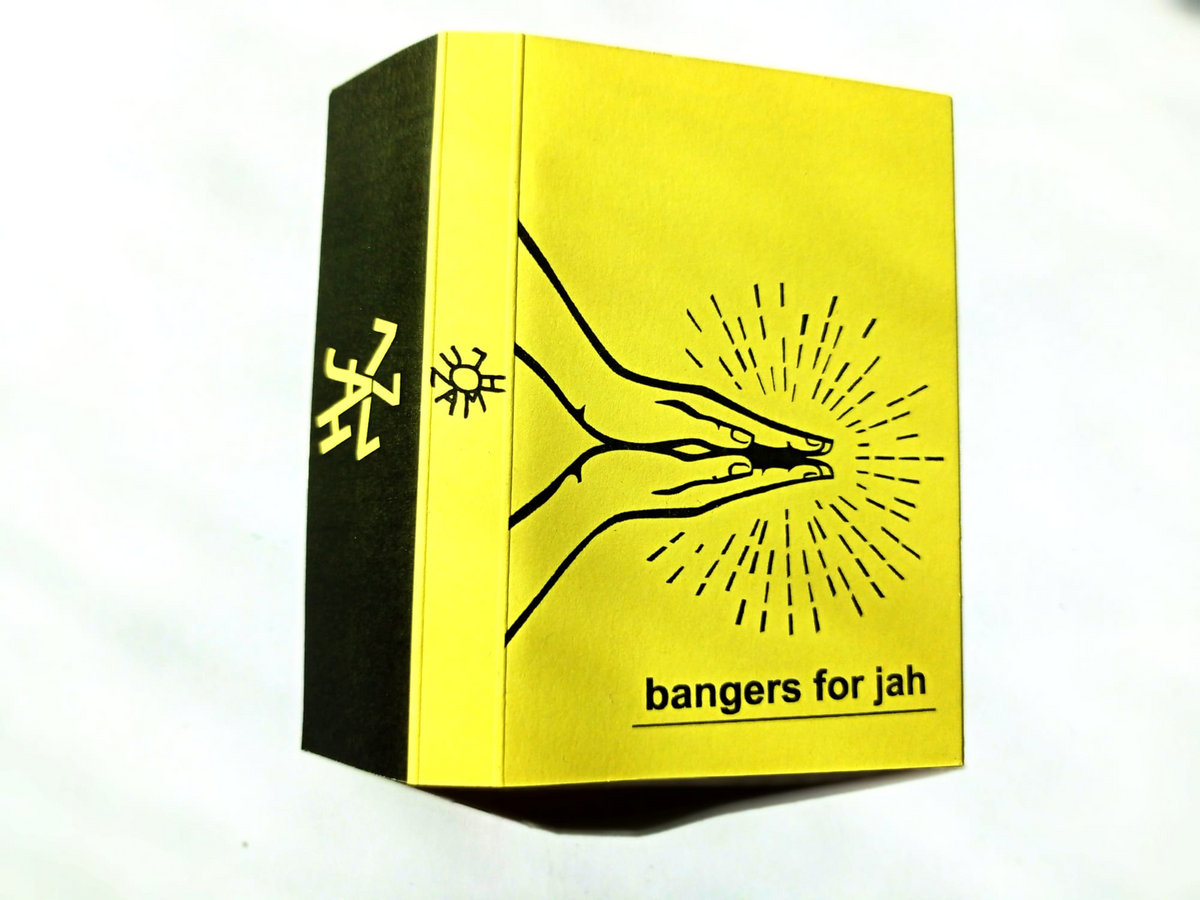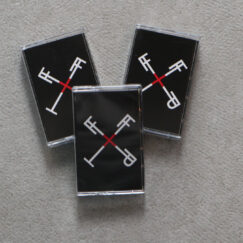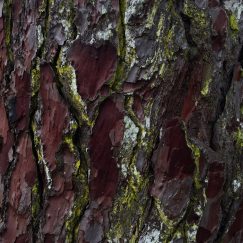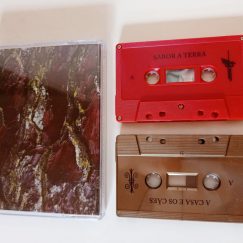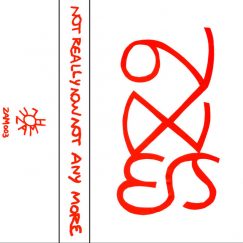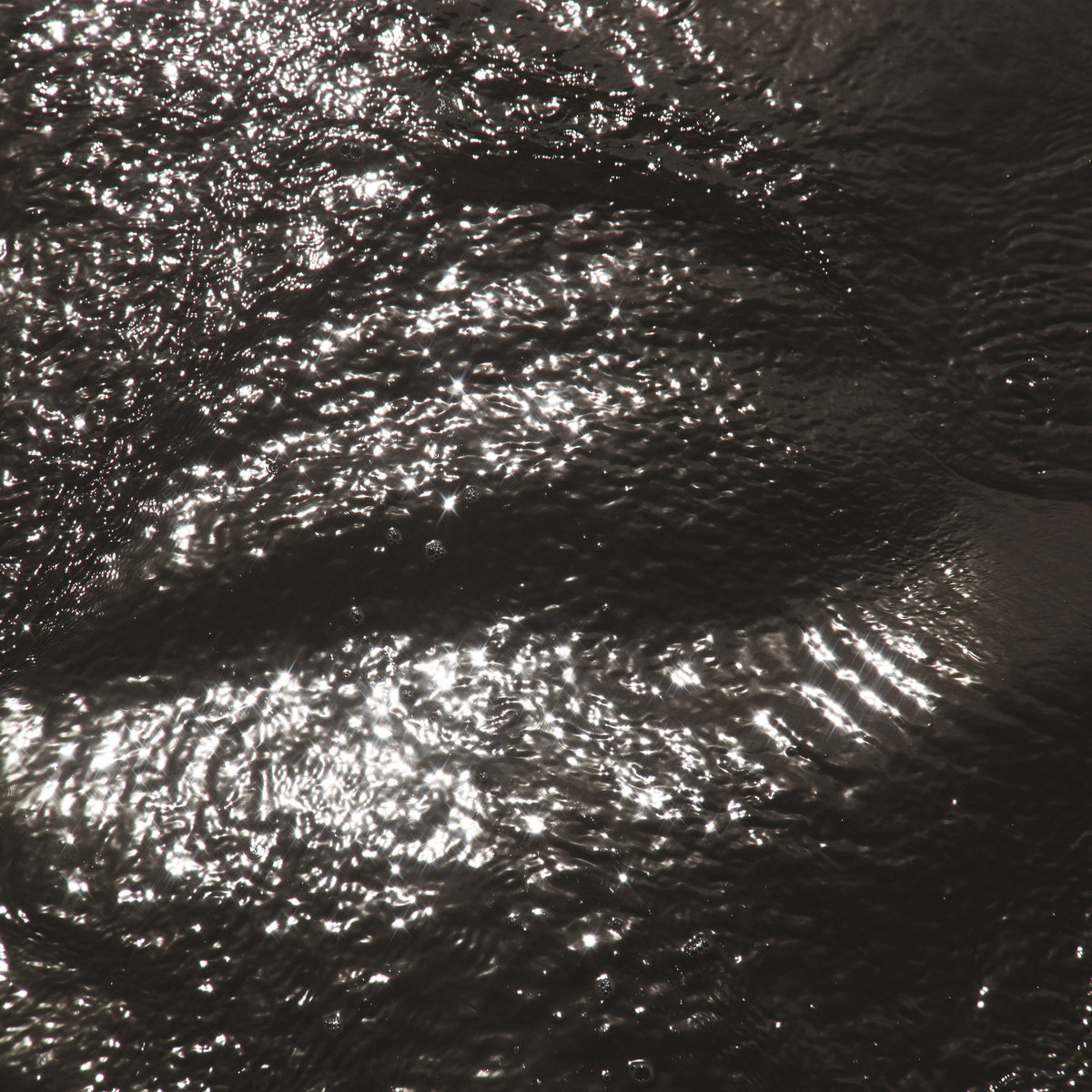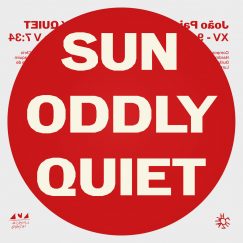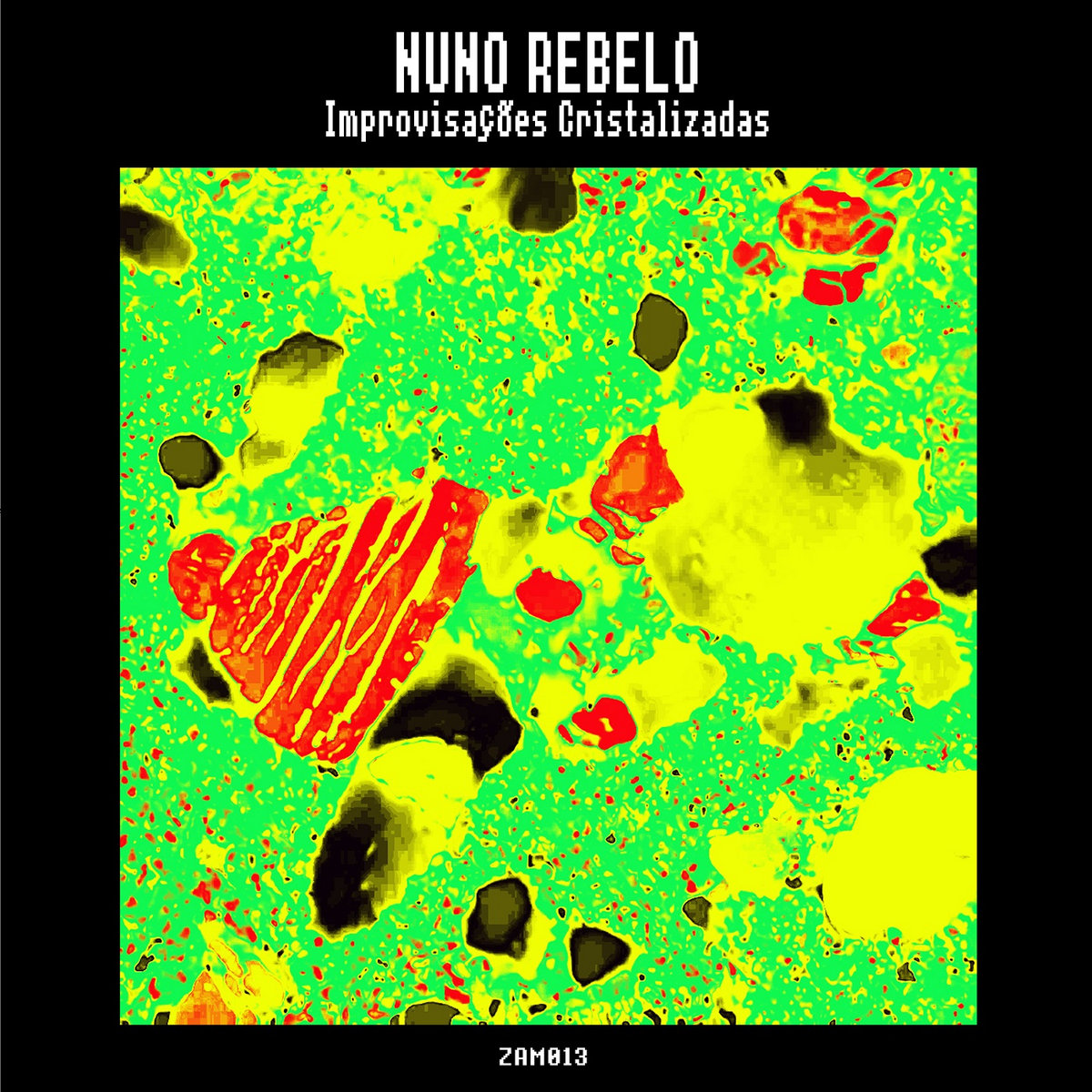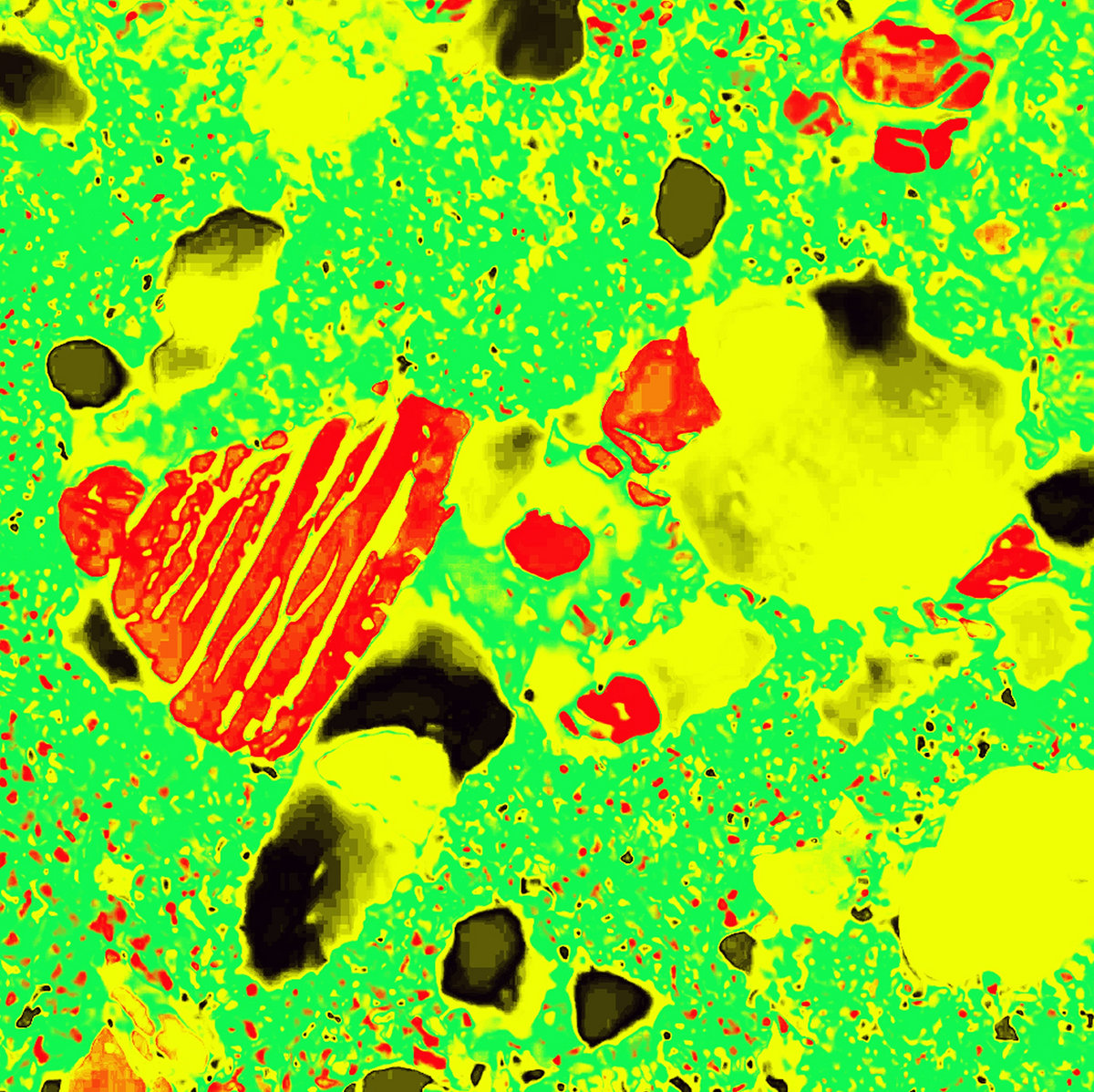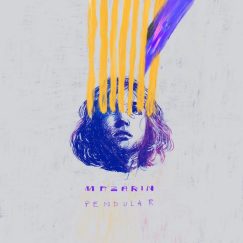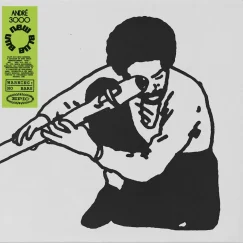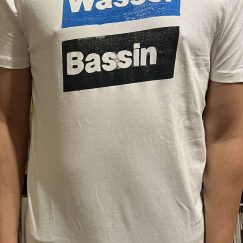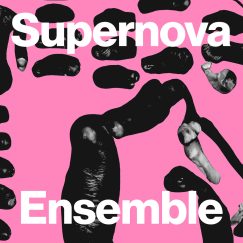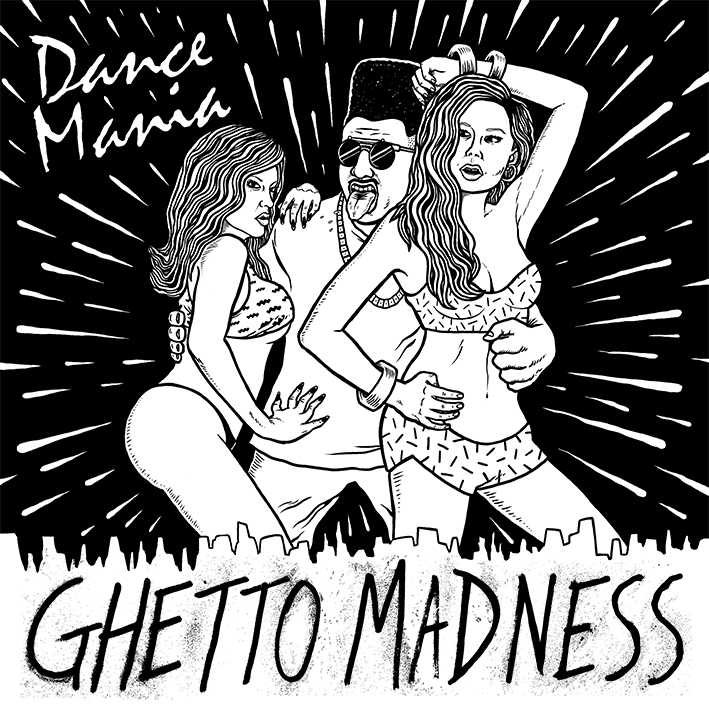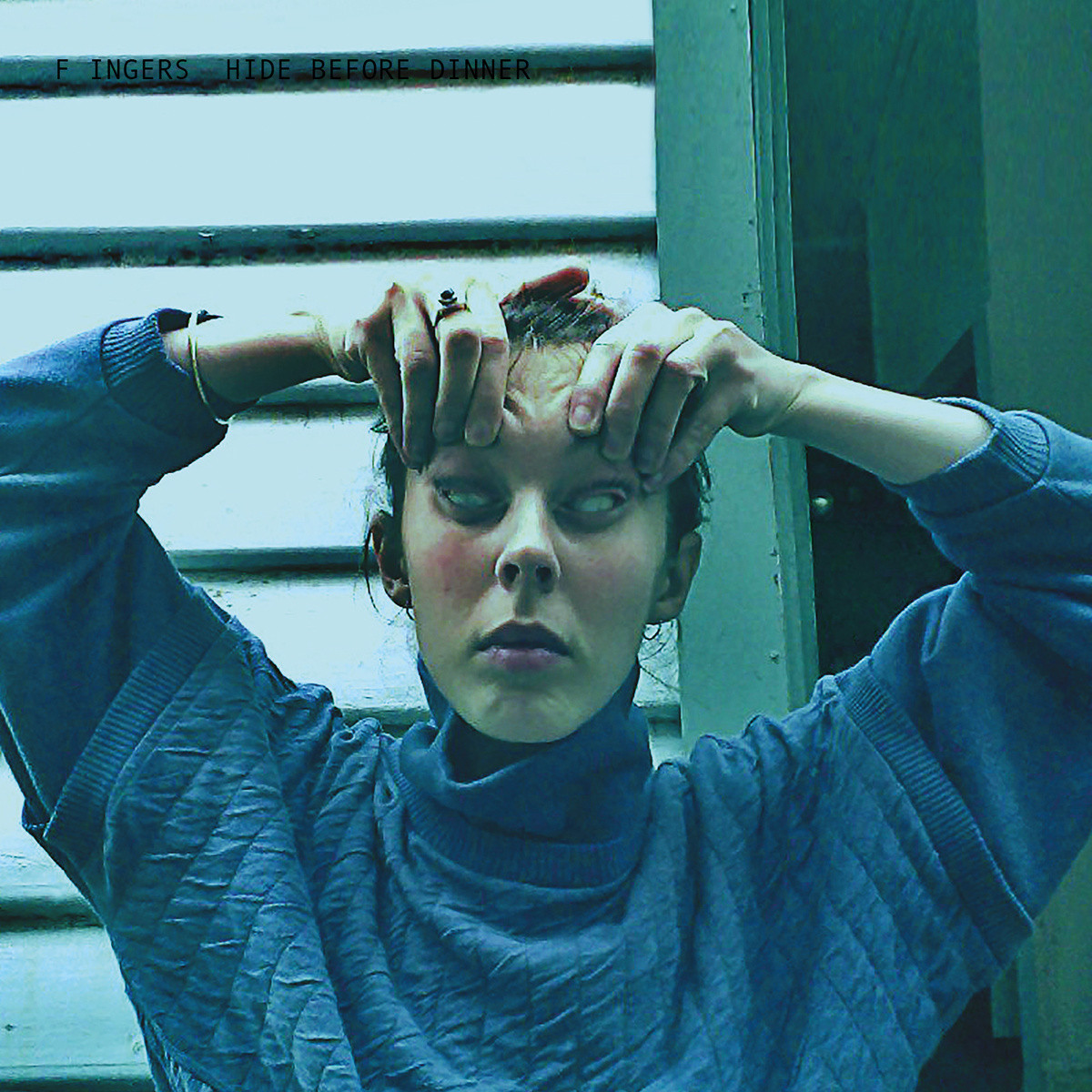Back in 1980, The Pump sessions prefigured Nocturnal Emissions. The same personnel (Nigel and Daniel Ayers + Caroline K) was later credited in the first NE performance in March 1981. Throbbing Gristle and Cabaret Voltaire opened a path and a kind of DIY sound collage practice became popular in the underground. More punk than punk, right? With synth, bass, guitar and vocals, The Pump could almost be mistaken for a new wave band, but it was the start of a long, prolific and eclectic journey for Nigel Ayers, sole member of Nocturnal Emissions for quite a while now.
Although it is not at all obvious, by 1980 Nigel had been exposed to a few dub tricks and mainly the otherwordly spatial sounds and breaks: «In the late 70s I became aware that dub producers such as Lee Scratch Perry, Prince Far I – and sound systems – were doing something with sound that was a very new and different approach. It was in the separation of recorded sound into very spatial elements, working very sculpturally with sound. I had absorbed the space concerns of Hendrix years before I got into dub, and the spatial elements within Gong, Hawkwind, early Pink Floyd, Velvet Underground, BBC Radiophonic Workshop, etc. When we did The Pump, we lived in Brixton and spent a lot of time absorbing dub in the streets and shebeens.»
Growing up in the Peak District (northern England) during the 1960s didn’t put one directly in touch with black culture or music. There was one black kid at school and «to see a black person you’d have to go to Manchester or Sheffield.» And mainstream culture tends to ridicule outsider forms and expressions, so a popular idea of reggae came through in things such as the novelty single “Johnny Reggae” by The Piglets, released in 1971. By that time, Nigel was already listening to a few reggae singles his dad brought home from Sheffield, where he worked. He remembers the labels being scratched and thinking it must be because the records were so rude, meaning lyrical content.
His artistic inclinations led him to spend more time at home trying out his skills with Super8 films and pasting soundtracks onto them. One of the first he remembers was a loop worked out from side B of one of those singles (the traditional instrumental Version on reggae singles). First heard about tape loops from “Dr Who” on TV, a weekly show that imprinted strange sounds and sights on kids’ minds since the first episode in 1963. More experiments followed, loops and cut-ups recorded to cassette with full conscience that non-musicianly, non-conventional approaches were sanctioned by such names as Captain Beefheart and Brian Eno.
Punk made it easier for everyone aspiring to make a point with music, it created a context for rawness and spontaneity. «Punk was a necessary break from virtuosity, and a good thing. I dug punk, a lot of ideas about accessibility, tackling racism, sexism and species-ism, were brought to the foreground. And it created an infrastructure for the zine culture, and cassette culture, autonomous collectives & networked DIY.» Only the way most early punk bands recreated dub and reggae didn’t strike a chord with Nigel Ayers: «That’s more to do with questions of my own personal taste and preference, which is by no means fixed.»
Things became more serious when “Tissue Of Lies” came out in 1980 and Nocturnal Emissions steadily became hot within the so-called industrial culture (or counterculture). Although never explicitly adopting a dub format, its techniques and inspiration certainly informed many of the more rhythmic tracks NE recorded over the years. «Personally I was trying to create something that integrated my own personal experience and had a focussed ethic in content, personnel, production and distribution. Women collaborators have been vital , for example, as active creators – not as set dressing. Caroline K (for example) had technical proficiencies that aren’t often expected in a male-dominated music world, she ran her own studio and later became a telecommunications engineer.»
Come 2010 and the love of dub finally surfaced explicitly on a very limited “In Dub” CDR. All the space is there, some might say also the industrial weight and – dare we say it – the weight of crumbling capitalism (notoriously visible after 2008). There’s a sort of robotic pace in these dry statements of political commentary, not really the same as in 80s digital dancehall or 90s digidub. It sounds like the kind of autonomous zone dreamed about since the punk and cut-up years and informed by all the accumulated background in electronic music and knowledge and respect for dub pioneers. “In Dub Volume 2” appeared in 2020, also strictly limited, framed by the early stages of the COVID experience, expanding on the same sonics, gently dragging the listener along for a thoughtful ride. The music on both volumes was recorded at leisure over a period of roughly 12 years and it hovers timelessly above. Heavily synthetic, learned and respectful music, alienated and in sync with the desire to escape (even if temporarily) to an artificial and abstract safe zone.
Holuzam presents carefully selected tracks from both volumes, given a proper boost for vinyl by Douglas Wardrop (Bush Chemists, Conscious Sounds).
Holuzam
Additional information
| Weight | 400 g |
|---|---|
| Dimensions | 32 × 0.3 × 32 cm |
| Artist | |
| Label | |
| Genre |


